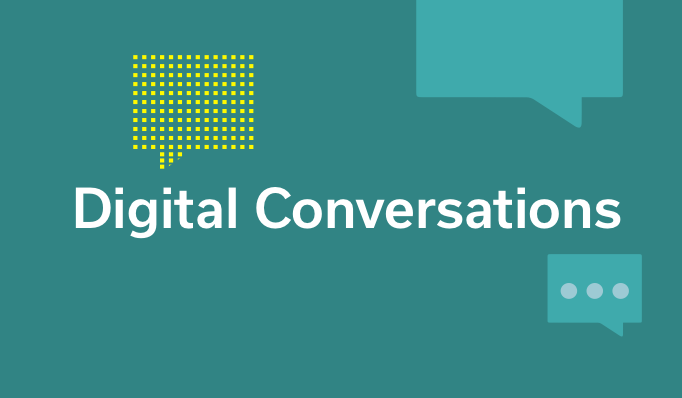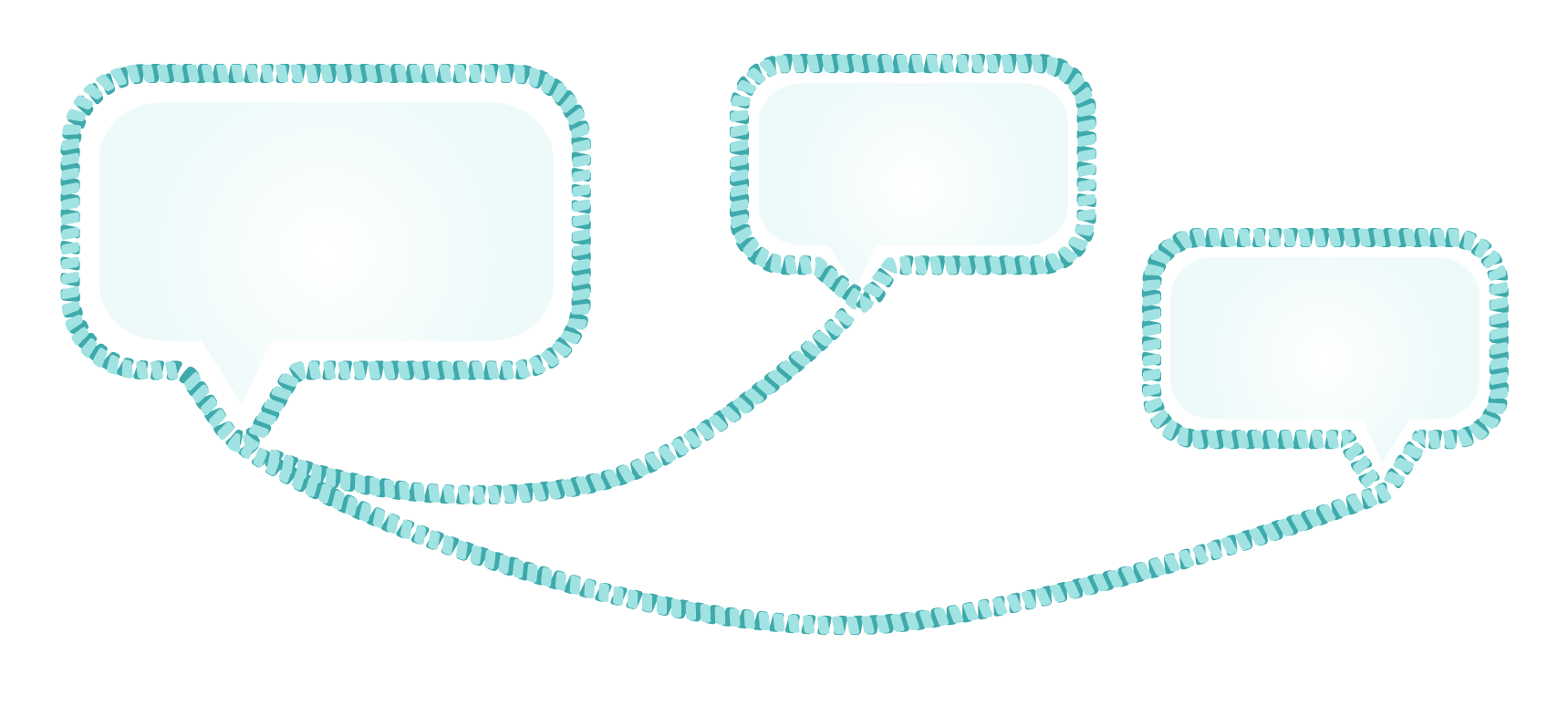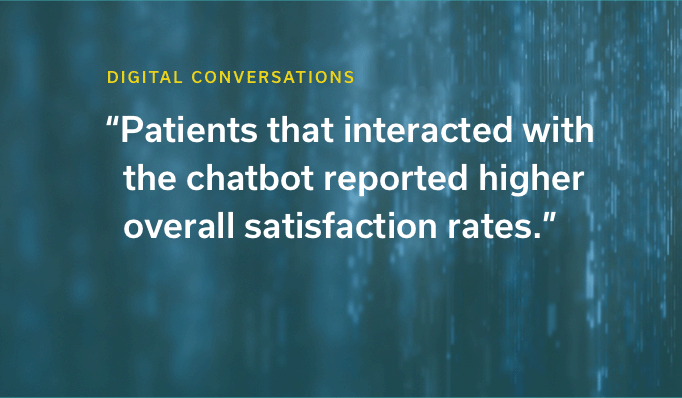In the United States, the appetite for prescription medication shows no signs of slowing down. In 2018, Americans filled a record 5.8 billion of them. There are countless reasons, opinions, and politics related to this astounding number and the intent here is not to debate the merits of prescribing medication, and/or how approaches should change.
When a patient does get a prescription, is enough being done to help educate them on what they are about to put into their bodies? Ideally, each and every person would have easy access to a human expert to ensure they follow guidelines, understand side effects, handle insurance, and make sure they don’t do more harm than good.
But there’s a problem. FIVE POINT EIGHT BILLION is a HUGE number. And we’re not talking about taking an aspirin to make a headache go away. In many cases, these medications are complex, expensive and potentially dangerous if not managed properly — especially for long term chronic conditions.
Nonadherence alone is a big problem. It can account for up to 50% of treatment failures, around 125,000 deaths, and up to 25% of hospitalizations each year in the United States. Approximately $100 to $300 billion in healthcare costs could be curtailed annually by addressing medication adherence. And, adherence is just one of many opportunity areas.
Data collection, financial responsibility, and care coordination could all benefit with some degree of added interaction with the patients across the prescription spectrum. Unfortunately, the sheer number of prescriptions being written each year makes meaningful engagement with the patients extremely challenging using traditional approaches.
Flipping the Old Model Upside Down.
The pharmaceutical industry recognizes the need to help patients with their prescriptions. Traditionally this has been handled with call centers, e-mail outreach, websites and collateral. At the same time, any marketer will tell you that people don’t read documentation, nor do they respond to e-mails, nor do they answer calls from 800 numbers. Most solutions are designed to maximize reach at the expense of depth and customer experience. This is what happens when demand completely outpaces supply.
Let’s take a very basic assumption that each prescription patient should get four minutes of time interacting with an expert about the pills they need to take — side effects, do’s and don’ts, refills, dosages, payments and insurance — the list goes on and on. The point-of-sale briefing that pharmacists deliver is helpful, but often times a discussion in the back of the local grocery store in front of a line of restless fellow shoppers falls short.
What would it take to pull off meaningful four minute conversations with a human agent at a time and place that’s convenient for the patients across the full prescription spectrum?
My math shows that it would take 16 million days, or 44,000 years of collective time with patients to execute four-minute conversations in support of each of the 5.8 Billion prescriptions, annually. That equates to roughly 10,000 full time people assuming they’re talking to patients 100% of the time, which they are not.
Now, consider the high percentage of medications that get prescribed for long term use. By some estimates, two thirds of all filled prescriptions are for chronic conditions, such as diabetes and hypertension. In those cases, eight minutes of annual conversation time with the patient over the course of a full year might be a reasonable expectation. That maths out to 350,000 years of collective time, or 83,000 full time agents every year.
Conversing at Scale with Patients is Now Possible
Every prescription should include a simple, private way for patients to get as educated as possible about the drug they are about to take. In an ideal world, trained call center agents would be available to assist and educate for every drug. Unfortunately, 44,000 years’ worth of human capacity to handle it all would cost hundreds of millions of dollars.
Mass e-mail campaigns or text message broadcasts can add some scale to the process, but engagement rates are weak, and they often require too much effort by patients. “Read this 16-page PDF or contact us a support@drugco.com” does not work.
Fortunately, technology is rapidly becoming conversational in nature. Rather than complex documents and websites, technology can now interact with patients using text-based messaging that is proving to be much stickier. Interactive, smart and intuitive interactions take place over mobile devices and are delivering high satisfaction, comprehension and completion rates in multiple industries. Consumers increasingly actually prefer a good chatbot to a bad human helper.
Smart virtual assistants that ride along with prescriptions over the course of days, months, or lifetimes have the potential to completely redefine how medications and care plans are managed. Engagement capacity shifts from constrained to unlimited.
Conversational technology will never completely replace human agents. By some estimates, roughly 70% of the interactions are related to simple, transactional steps which can easily be handled by the smart chatbots. Call center teams are then freed up to focus on the more complex, high value customer service situations.
Digital Assistants that interact through smart mobile messaging are more than capable of guiding patients through education, consent, assessments, reminders and other simple, but important steps. Conversational AI has the potential to deliver tens of thousands of years’ worth of digital engagement to patients, with tight executional and regulatory precision.
Whether the “agents in active conversations” number is 44,000 or 350,000 years, we can all agree on one thing — that’s a lot time and overhead. If technology could handle 70% of those conversational years with automation, centuries of conversation time condenses down to minutes.
Spoken language itself has been around somewhere between 50,000 and 110,000 years. Don’t you think the time has come to move to a next level of conversational engagement?








